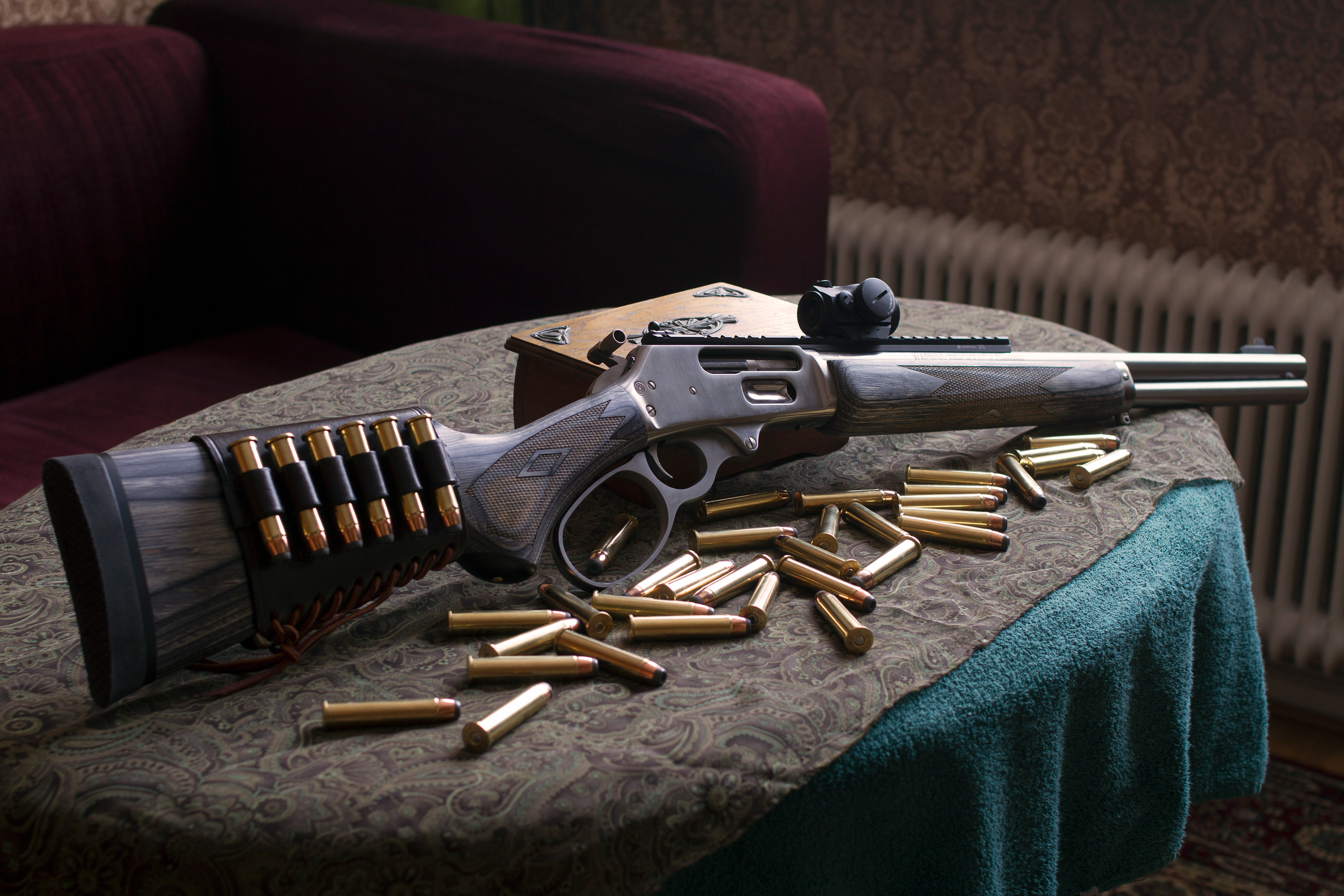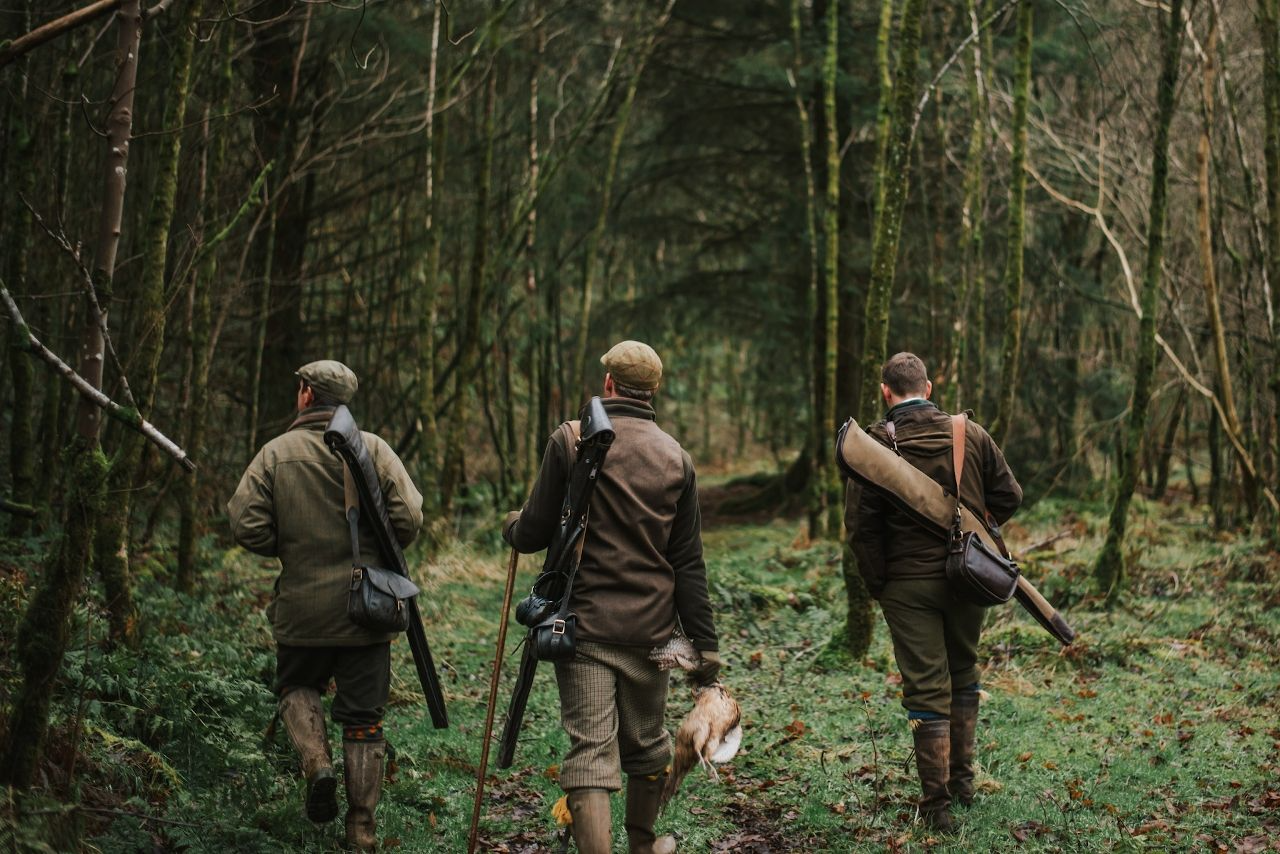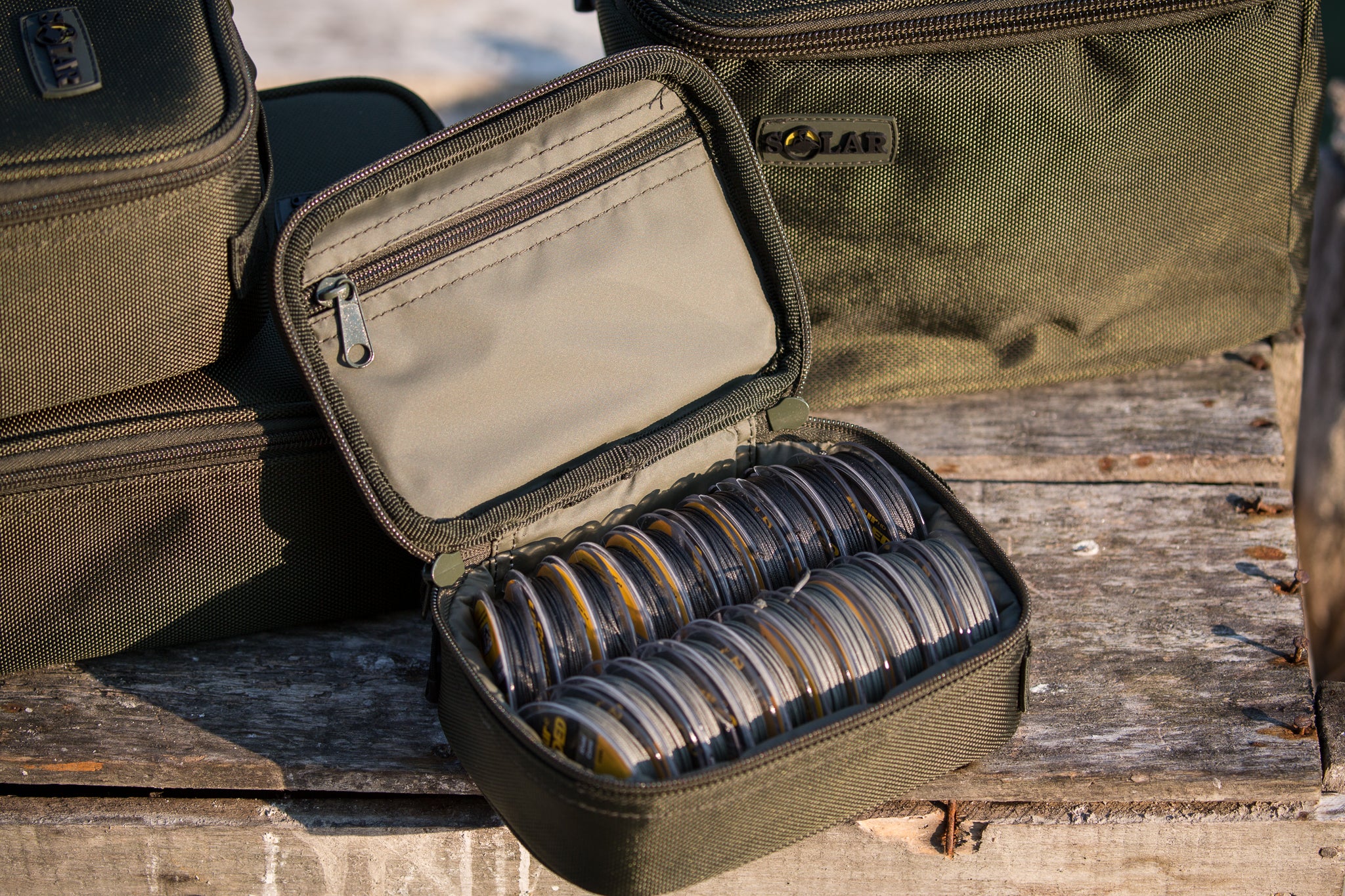The ultimate guide to choosing the perfect camping tent
Choosing the right camping tent is essential for a comfortable and enjoyable outdoor adventure. With so many options available, selecting the best tent depends on factors like size, weather resistance, and ease of setup. This guide will help you understand key considerations when purchasing a tent, ensuring you make an informed decision.
The ultimate guide to choosing the perfect camping tent
1. Determine your camping style
Before choosing a tent, consider how and where you plan to camp.
- Backpacking: If you’ll be hiking long distances, opt for a lightweight and compact tent.
- Car camping: If you’re driving to the campsite, a larger and more comfortable tent is ideal.
- Winter camping: A four-season tent with strong insulation and wind resistance is a must.
2. Choose the right tent size
Tent capacity is usually measured by how many people it can fit, but keep in mind:
- Solo or two-person tents are compact and lightweight.
- Three- to four-person tents offer more space for couples or small groups.
- Family or group tents accommodate larger parties but can be bulky to transport.
Tip: Always go one size up if you want extra space for gear and movement.
3. Consider the tent shape and design
Different tent styles offer unique benefits:
- Dome tents: Lightweight, easy to set up, and wind-resistant.
- Cabin tents: Tall and spacious, ideal for family camping.
- Tunnel tents: Offer great interior space but require proper anchoring.
- Geodesic tents: Designed for extreme weather conditions with superior stability.

4. Weather resistance and seasonality
Choose a tent that suits your typical camping conditions:
- Three-season tents (spring, summer, fall) are lightweight and breathable.
- Four-season tents are built for harsh winters, offering better insulation and wind resistance.
- Waterproofing: Look for a tent with a high waterproof rating (measured in mm) and a durable rainfly.
5. Ease of setup and portability
- Freestanding tents don’t require stakes and are easier to move.
- Instant tents have pre-attached poles for quick setup.
- Backpacking tents are compact and designed for easy carrying.
6. Ventilation and comfort
Good airflow is essential for preventing condensation inside the tent. Look for:
- Mesh panels for breathability.
- Multiple doors for easy entry and exit.
- Vestibules and gear lofts for extra storage space.
7. Durability and material guality
- Tent fabric: Polyester and nylon are lightweight, while canvas is durable but heavy.
- Poles: Aluminum poles are stronger and more durable than fiberglass.
- Zippers: Heavy-duty zippers ensure longevity.
Final thoughts
The perfect camping tent depends on your needs, climate, and camping style. By considering size, durability, ease of setup, and weather resistance, you can find a tent that enhances your outdoor experience. Invest in a quality tent, and enjoy the comfort and protection it provides on your adventures.























